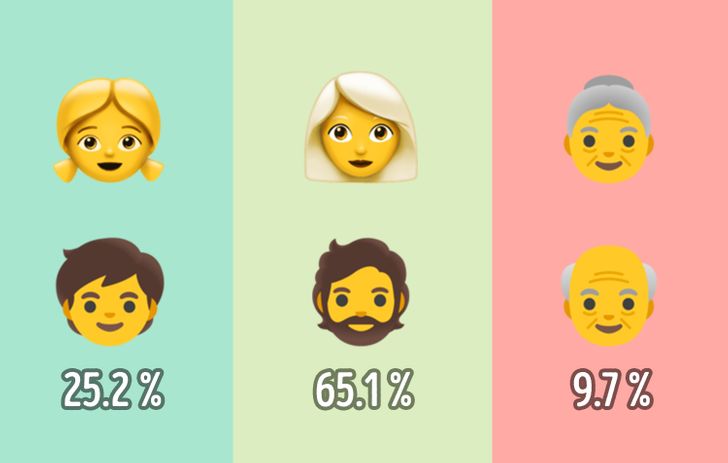How Many People There Are in the World
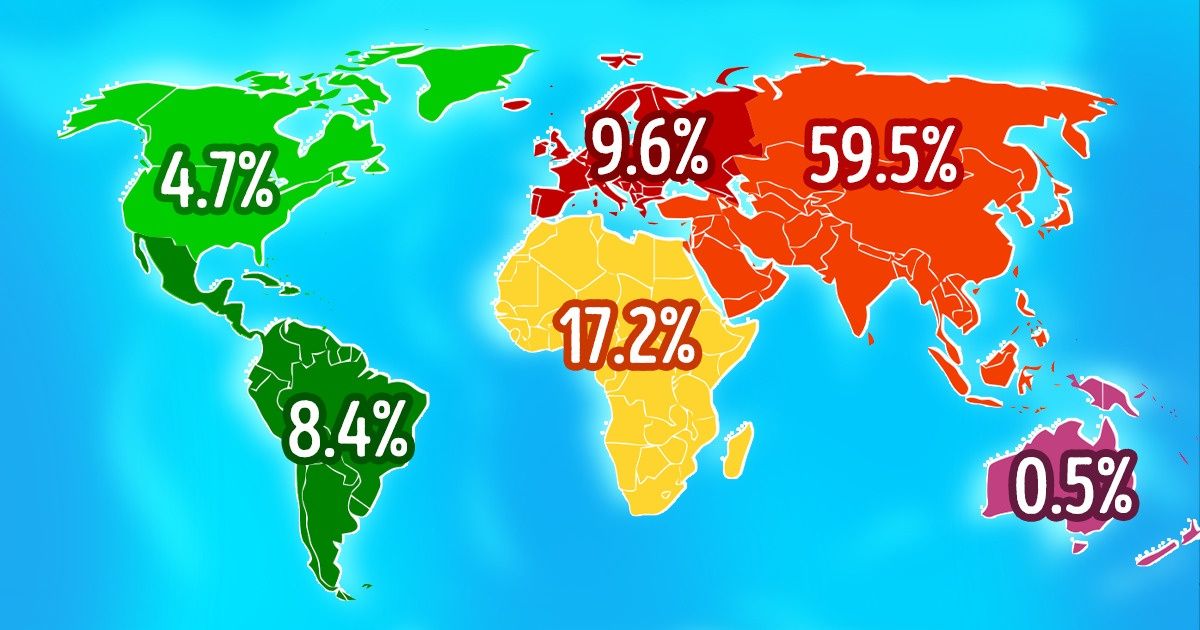
Just 10 years ago, the world’s population reached 7 billion people. So when we think about how many people there are in the world, we often keep this exact number in mind. However, many things have changed over the last decade, and we keep moving on to new achievements.
5-Minute Crafts would like to tell you about how many people there are in the world, what their mean age is, and where they live. Also, we’ll show you the rate of growth of the planet’s population in the past and how it will keep on growing, according to the UN’s projections.
What the milestones of the Earth’s population have been
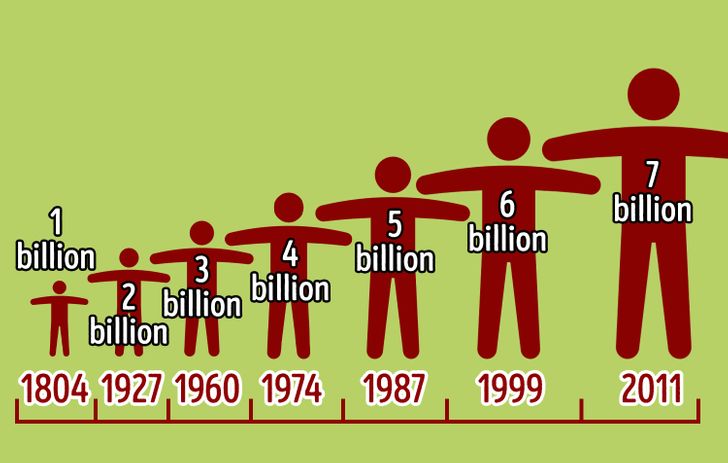
The world’s population reached 1 billion in 1804. It took 123 years before it reached 2 billion. However, 33 years later, in 1960, the number of people on the planet reached 3 billion and soon began to increase even faster. This is associated with the growth of the world economy and living standards, the development of medicine, and an increase in people’s life expectancy.
So, in 1974, 4 billion people already lived on Earth, in 1987, there were 5 billion, and in 1999, there were 6 billion. According to the UN, the Earth’s population reached 7 billion people in October 2011.
The next milestone of 8 billion is just around the corner. As of November 2021, more than 7,905,000,000 people are living in the world.
How the population will grow further
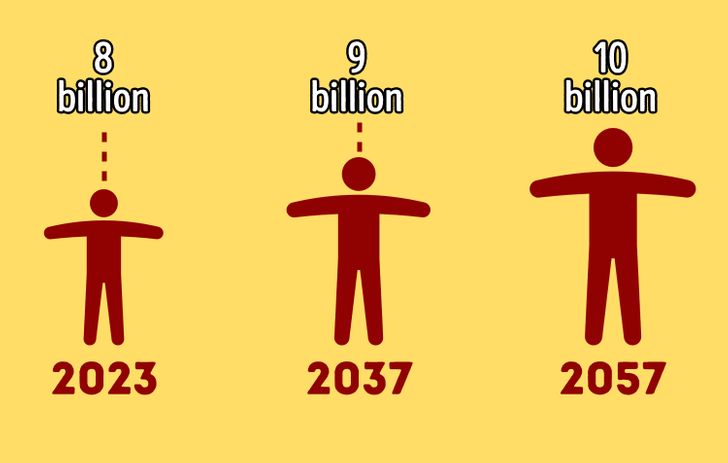
According to the UN’s projections, the number of people on the planet will reach 8 billion by 2023, 9 billion by 2037, and 10 billion by 2057.
At the same time, the annual population growth will steadily decline. In the 2020s, it will vary from 0.85% to 1.05% in relation to the previous year, and in the 2030s, it will be somewhere from 0.67% to 0.84%. In absolute values, this means that the world’s population will increase by 72 million to 80 million people annually in the 2020s, and only by 61 million to 70 million people in the 2030s. This is associated with the demographic transition and the decline in the birth rate. So, in 1961, it was equal to about 5 births per woman, then it steadily decreased over the decades and became 2.4 in 2019.
The areas where the most people live
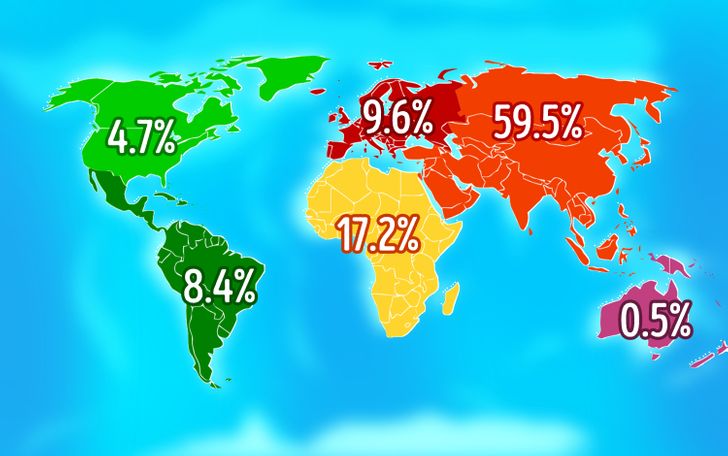
The biggest number of people lives in China at 1.439 billion people, or 18.47% of the total population of Earth. India takes second place. Slightly fewer people live here, measuring at 1.38 billion, or 17.7% of all people on the planet. They are followed by:
- United States: 0.331 billion people (4.25% of the world’s population)
- Indonesia: 0.274 billion people (3.51% of the world’s population)
- Pakistan: 0.221 billion people (2.83% of the world’s population)
- Brazil: 0.213 billion people (2.73% of the world’s population)
- Nigeria: 0.206 billion people (2.64% of the world’s population)
- Bangladesh: 0.165 billion people (2.11% of the world’s population)
- Russia: 0.146 billion people (1.87% of the world’s population)
- Mexico: 0.129 billion people (1.65% of the world’s population)
By region, the population is distributed as follows: 59.5% of all people live in Asia, 17.2% live in Africa, 9.6% live in Europe, 8.4% live in Latin America, 4.7% live in North America, and only 0.5% live in Oceania.
What the median age of the population is
In 2021, the median age of the population is 31 years old. It’s distributed by age categories as follows:
- From 0 to 14 years old — 25.2% of the world’s population
- From 15 to 64 years old — 65.1% of the world’s population
- 65 years and older — 9.7% of the world’s population
